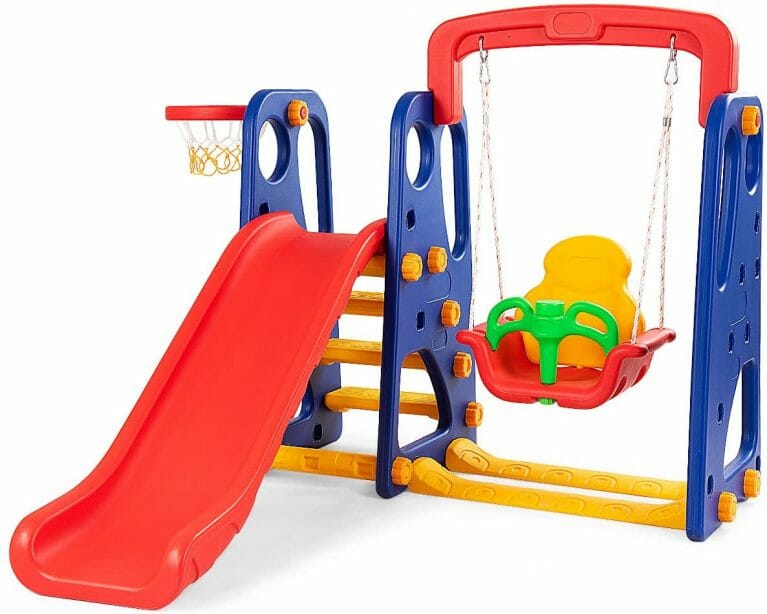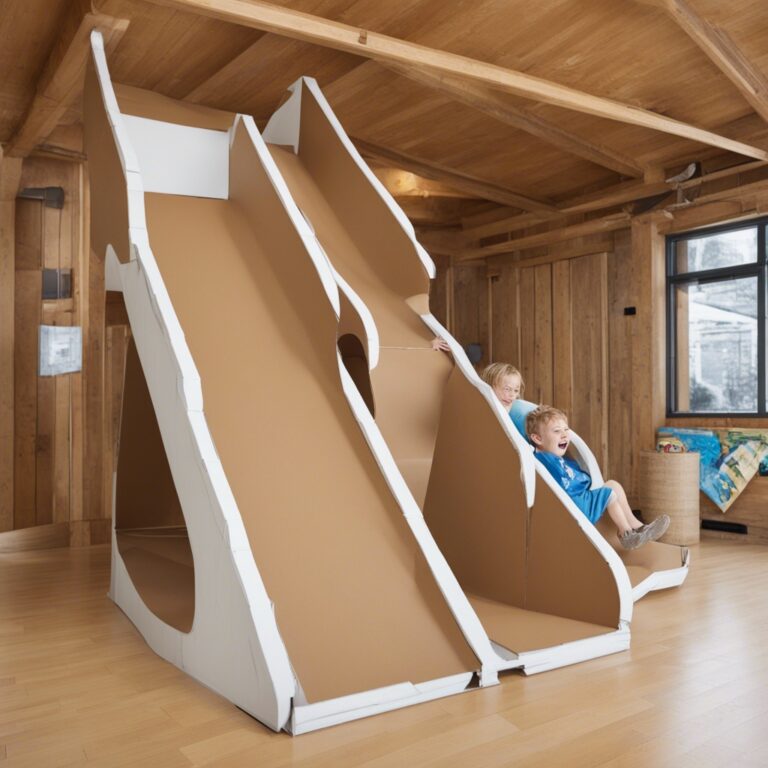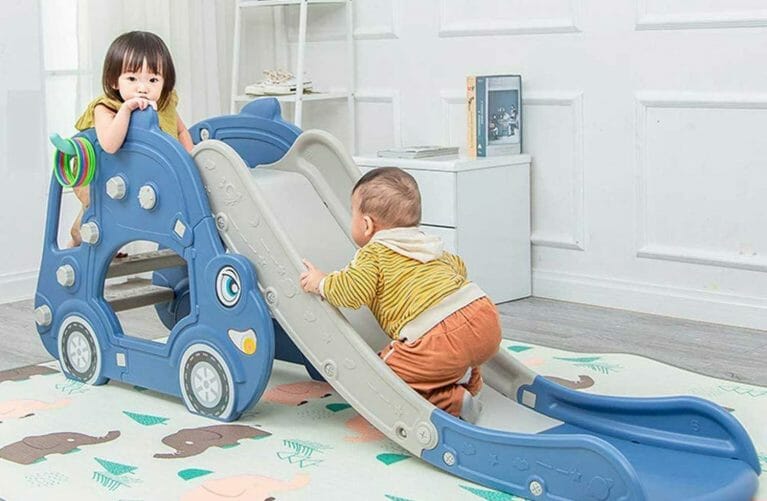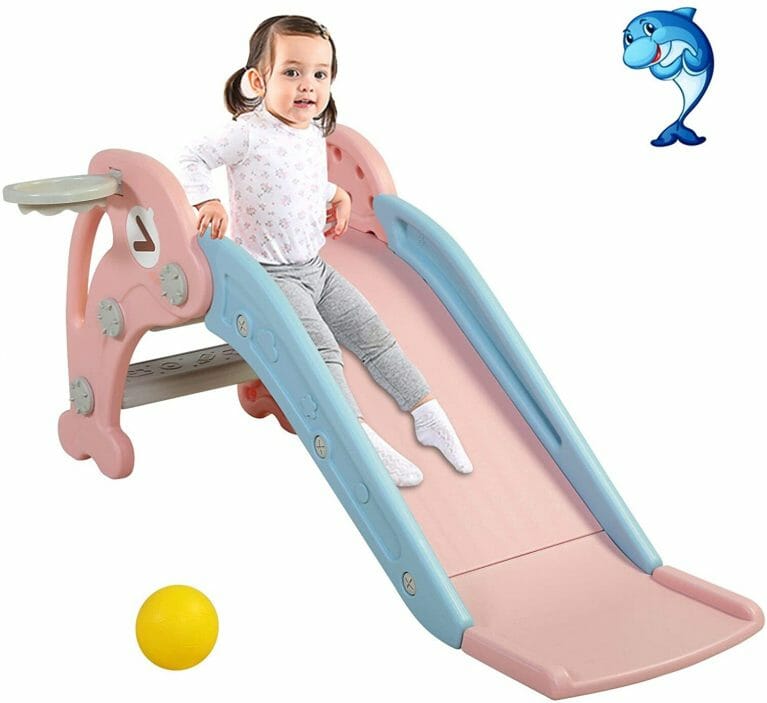The Science of Sliding Down Stairs | Explained
Introduction
Physics enthusiasts and curious learners often wonder—what makes sliding down stairs so fun? This blog post will break down the mechanics behind stair sliding to satisfy your inner physics nerd. Have you ever tried sliding down a flight of stairs on your bottom? It can be a thrilling ride! Read on to learn about center of gravity, friction, and velocity–and maybe try out stair sliding yourself.
Understanding center of gravity
The center of gravity is an important concept for understanding the mechanics of sliding. This refers to the average location of an object’s weight distribution. For the human body, this tends to be around the navel area while standing upright.
However, the center of gravity shifts depending on your position. When you sit down to slide, your weight is distributed differently, lowering your center of gravity. This provides greater stability and balance for remaining seated while sliding down stairs.
Additionally, leaning backwards causes your center of gravity to shift again. This time it moves behind your body. Having an off-balanced center of gravity is what causes your body to slide at an angled trajectory down the stairs. Rather than sliding straight down, you end up sliding in a diagonal path due to the change in balance.
So in summary, the center of gravity determines how balanced your body is while seated and sliding. Shifting its location by leaning alters the angle of your descent down the staircase. Understanding this concept is key for controlling the thrill factor!
Balancing position for sliding
Sitting down with legs extended to slide down stairs provides the most stable center of gravity. With the majority of body weight pressed to the surface, balance remains centered. Leaning backwards causes the center of gravity to shift behind the body. This forces the top half of the body to tilt back. As a result, sliding down the stairs occurs at an angled trajectory instead of straight vertically. The steeper the backward lean, the more gravity pulls the slider diagonally down the stairs. Finding the right reclined posture is key for both control and excitement when stair sliding.
Friction and Sliding Surfaces
- Less friction enables easier sliding. Wood or tile stairs have less friction than carpet. Clothing material also impacts friction forces.
- Smooth, sloped surfaces work best. Metal or plastic sleds reduce friction more than clothing. Wax paper minimizes friction between surfaces.
Friction between surfaces
Less friction between sliding surfaces enables easier, faster sliding down stairs. Materials like wood, tile, and metal have an inherently smooth texture that minimizes friction forces. Carpeted stairs have more friction against both body and sledding devices. The clothing you wear while sliding also impacts friction—smoother materials like nylon glide more easily while rougher textiles create more drag. Choosing low-friction sliding aids can maximize your stair descent velocity for an extra thrilling ride. Wax paper sheets minimize friction between body and stairs for an ultra-fast slide. Consider your stair construction and gear materials to optimize the thrill factor. But always prioritize safety precautions despite temptation to focus solely on speed.
Choosing sliding surface
- Smooth, sloped surfaces work best. Hard surfaces like wood, tile, or metal stairs provide an optimally slippery slide path compared to carpeted stairs. The smoothness and slope of the stairs enables swift, frictionless descent.
- Metal or plastic sleds reduce friction more than clothing. Using a sled, saucer, or slide constructed from a low-friction material can boost sliding speed. These slippery surfaces minimize friction better than clothing alone. A plastic toboggan or tin cookie sheet could do the trick!
- Wax paper minimizes friction between surfaces. For DIY stair sliding, wax paper under your bottom can practically eliminate friction with the stairs. The smooth coated paper prevents most resistance or traction. Just be cautious of slipping off course!
Building up speed
- Gravity accelerates descent down stairs. The longer the staircase, the more speed you can build up.
- Steeper stairs lead to higher velocities. The steeper the incline, the faster gravity pulls you down.
- Speed varies based on multiple factors. Stair steepness, height, surface friction and body position all impact velocity.
Precautions for safe sliding
- Use safety gear. Elbow/knee pads and helmets can prevent injuries if you fall.
- Check stairs first. Scan for damage, debris and stability before sliding.
- Always slide feet first. Leading with your feet allows better control of speed and direction.
Building up speed
As one begins their descent, gravity accelerates them down the staircase. The effect of gravity on one’s velocity depends on the vertical distance traveled. Simply put, longer staircases enable one to build up more speed before reaching the bottom. A 10-foot drop will lead to a higher velocity than a 5-foot drop. Additionally, steeper stairs quicken one’s acceleration compared to shallow steps. Though tempting, resist the urge to take a running start or leap down the stairs. Rely on gravity alone to gather momentum in a controlled slide. Take precautions, as high speeds increase the likelihood of impacts and fall risks if an obstacle is encountered.
Precautions for safe sliding
- Wear protective gear like helmets, pads, and gloves to prevent injuries from falls or friction with the sliding surface. Inspect gear before each use and replace if damaged.
- Carefully check stairs for splinters, nails, gaps, or other hazards before sliding. Avoid staircases with uneven steps or damage.
- Always slide feet first in a seated position. Keep your center of gravity low and lean slightly backward. Extend legs in front to absorb impact and maintain control over your speed and direction.
Conclusion
We’ve covered some key physics concepts behind sliding down stairs, including center of gravity, friction, and velocity. Understanding these mechanics can help explain the thrill of stair sliding. However, stair sliding can be extremely dangerous and should not be attempted recreationally due to the risk of significant injuries. For a safe alternative, consider constructing a controlled slide set-up to explore these physics principles instead.
Closing remarks
For legal reasons, this blog does not recommend attempting recreational stair sliding which could result in injuries. But understanding the physics involved can still be enlightening for science enthusiasts. Consider building a controlled slide set-up to apply these mechanics principles instead.





